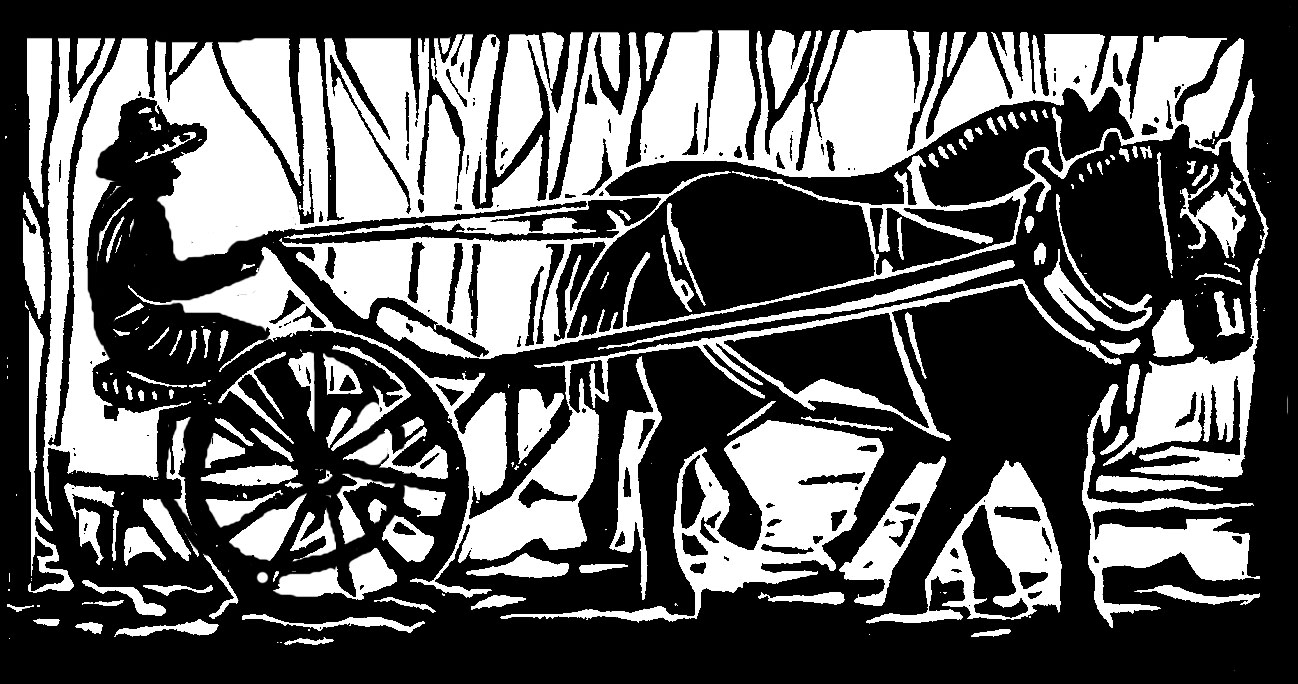I have learned many things over the years of farming with my fellow, not the least of which is how surely that fellow hates meetings. I myself like to set goals and make plans and list priorities, and then I like to have a meeting, where the other meeting people agree that my goals and plans and priorities are really the finest around.
However, my meetings with my fellow do not follow that pattern.
This is how they go: We sit down. I begin presenting my nice list, with its several supporting points. My fellow’s look of rapt attention quickly fades into sheer misery. He begins to wiggle. First he jiggles his knees, then he drums his fingers, then he pulls at his beard. Then he darts his eyes around, looking for a route of escape
When I pause for breath, he says vehemently, “Augh! Augh! I can’t stand sitting here talking about all this stuff we need to do when there’s all this stuff we need to do!”
We are now a good minute into our meeting. I say, vehemently, “But we have to prioritize! If you just go out there and start doing the first thing you see that needs doing, we’ll never get the most important stuff done!”
“Augh!” he says, standing up vehemently, “Augh! We’ll never get anything done like this!”
Sigh. My nice little meeting. I have had to get a little more savvy, to make any plans with such an energetic farmer. Here are my time-tested meeting methods:
The Walking Meeting: We walk around the garden together, while he fiddles with a piece of irrigation he’s carrying around, looking for the place he’s got to fix. I carry around a pen and notepad, taking notes, making lists, prioritizing and planning for the week ahead on the fly (or on the walk, as it may be). As long as you’re moving , it’s not really a meeting.
The Eating Meeting. It’s lunch time, and in a light, conversational tone, I ask, “So what do you think you’re going to do this afternoon?” “I guess I’ll tackle that cover crop,” he answers. “What about the carrots?” I say. “Oh, yeah, I’ll do that first,” he says, as he cuts another slice of bread. “Oh, good, I’ll weed the beets,” I reply, taking another bite of lunch. As long as you’re eating, it’s not really a meeting.
The Sleeping Meeting: “Hey,” I mumble from the bed, as my fellow rises at the crack of dawn, “Don’t forget that lettuce we were supposed to sow without fail yesterday.” “Pardon?” he whispers. “That lettuce,” I murmur, as I fall back asleep. I am a much sleepier farmer than he is, and as long as one of us is sleeping, it’s not really a meeting.
The Dreaming Meeting: “I really want to talk about getting that new plow,” my fellow says to the budget committee, i.e., me. “Great! I exult. “It’s the perfect time to talk about it!”
After all, it’s January, it’s below zero, the wood stove is warm, and we can get in a nice long meeting. But I don’t say the dreaded M-word; instead, I say, “Let’s start by planning all the plowing and planting for next year.”
“Well, it would all go a lot faster and better with a new plow,” he says. “And it would be a lot easier on the horses.”
“Oh, yeah? What would you plow first, do you think, and what would we plant there, and it would be ready to harvest by . . .”
“New plow,” he repeats, gazing longingly at a shiny green plow on the cover of a farming magazine. “Look at this beautiful plow, look at those nice shares. Did I tell you this is a two-way plow?”
As long as you’re dreaming, it’s not really a meeting . . . and we get so very much done in our farming dreams.
Originally published in the Monadnock Shopper News, Jan 22 – Jan 28, 2014
Photo Thanks to Lindsay Freese



![IMG_0050[1].JPG](https://images.squarespace-cdn.com/content/v1/53192abae4b06ab557270e09/1420210675430-U9AAJN8HZ055QYVQDPQ2/IMG_0050%5B1%5D.JPG)
